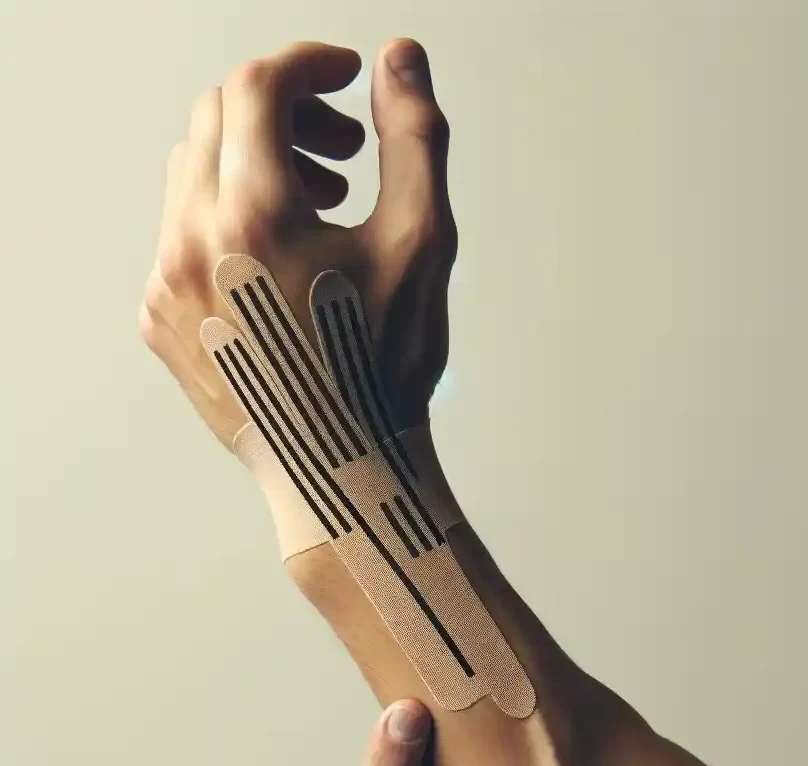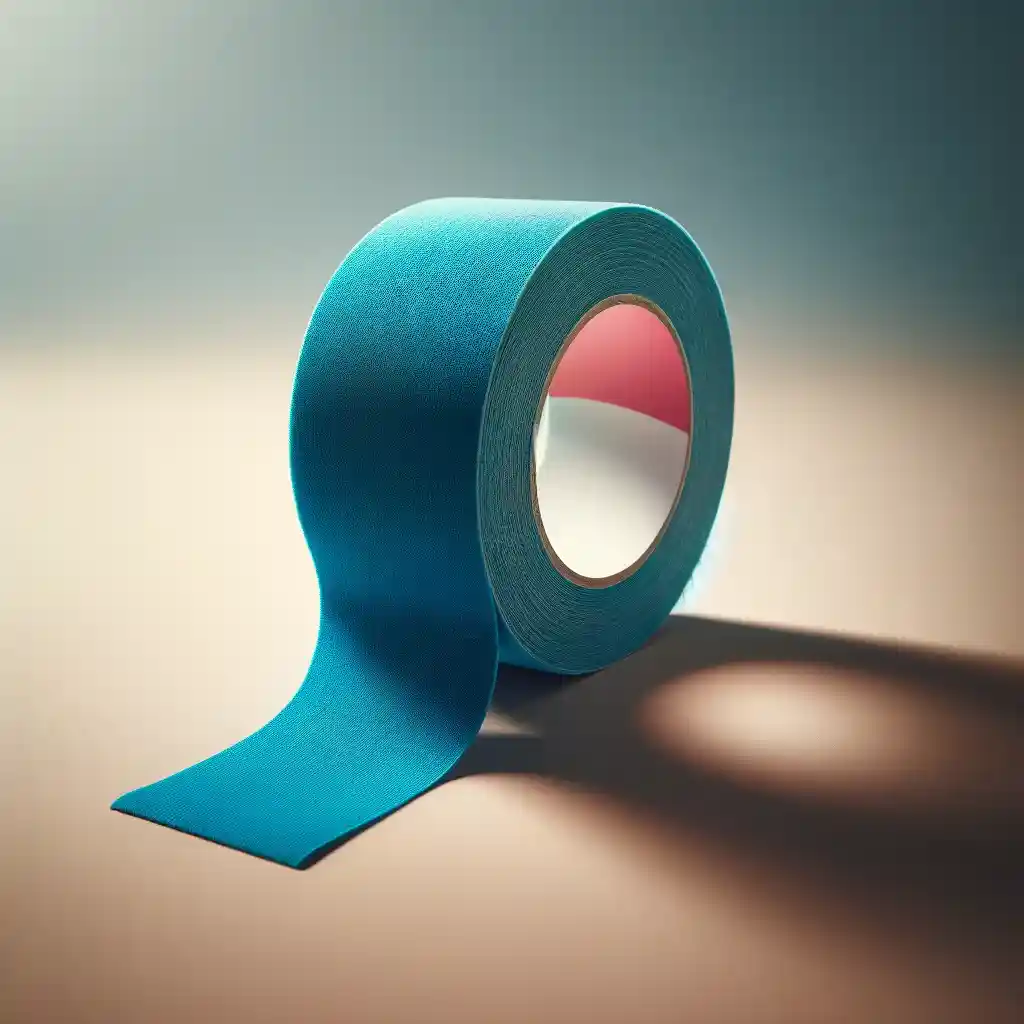You’ve seen the pros wearing them—colorful stripes running across their muscles and joints. But what exactly are those orthopedic tapes, and how can they benefit you as a beginner athlete? Understanding the role of orthopedic tape can be a game-changer in preventing injuries and enhancing your performance.
What Are Orthopedic Tapes?
Orthopedic tapes are specialized tapes designed for the musculoskeletal system. They are used to support muscles and joints without restricting the full range of motion. The tapes can help in aligning bones and joints during movement and can provide a supportive framework to prevent unnecessary strain or injury.
Types of Orthopedic Tapes
There are primarily two types of orthopedic tapes: kinesiology tape and athletic tape. Kinesiology tape is stretchy and designed to mimic the skin’s elasticity, allowing you to move freely while still providing support. Athletic tape, on the other hand, is less flexible and is typically used to stabilize a joint in a fixed position.
Benefits of Using Orthopedic Tape
- Injury Prevention: By providing extra support to the muscles and joints, orthopedic tapes can help prevent injuries that commonly occur due to overuse or improper alignment.
- Pain Reduction: Taping can alleviate pain by lifting the skin to reduce pressure on pain receptors. It also promotes better blood circulation to the taped area, facilitating quicker healing.
- Enhanced Performance: Proper taping can improve your proprioception (sense of body position) and muscle activation, which can lead to improved skill execution and performance.
- Psychological Confidence: Wearing tape can also provide psychological comfort and confidence, knowing that your body is supported, which can be particularly beneficial for beginners.

How to Apply Orthopedic Tape
While you can apply some basic taping techniques on your own, it’s best to consult with a physiotherapist or a trained professional to learn the correct application methods tailored to your specific needs. Incorrect taping can lead to further injury or discomfort.
To apply orthopedic tape correctly, it’s essential to align it with the muscle or joint you’re aiming to support. For muscles, you should apply the tape along the length of the muscle. Start by anchoring the end of the tape near the origin of the muscle without stretch. Then, apply the tape with slight to moderate stretch along the direction of the muscle, finishing with another anchor piece without tension at the end of the muscle. When taping joints, the tape should cross over or circle the joint in a way that supports the natural movement without restricting it entirely.
Tips for Beginners
- Start Simple: Begin with the most basic taping techniques and gradually progress as you become more comfortable and aware of your body’s needs.
- Skin Care: Ensure your skin is clean, dry, and free of oils or lotions before applying the tape. After use, remove the tape gently to avoid skin irritation.
- Practice: Like any skill, proper taping requires practice. Don’t get discouraged if your first few attempts are less than perfect.
- Listen to Your Body: While orthopedic tapes can aid in prevention and support, they are not cure-alls. Pay attention to your body’s signals and seek professional advice if you experience persistent pain or discomfort.
- Stay Informed: As you progress in your athletic journey, stay informed about the best practices in sports medicine, including the use of orthopedic tapes. The more you know, the better you can protect yourself from injury.
In conclusion, integrating orthopedic tapes into your training routine can offer numerous benefits, from injury prevention to enhanced performance. As you embark on your athletic journey, remember that the best approach is a holistic one that includes proper training, nutrition, rest, and, when necessary, the strategic use of orthopedic tapes. Embrace the journey, stay informed, and always prioritize your well-being on and off the field.
